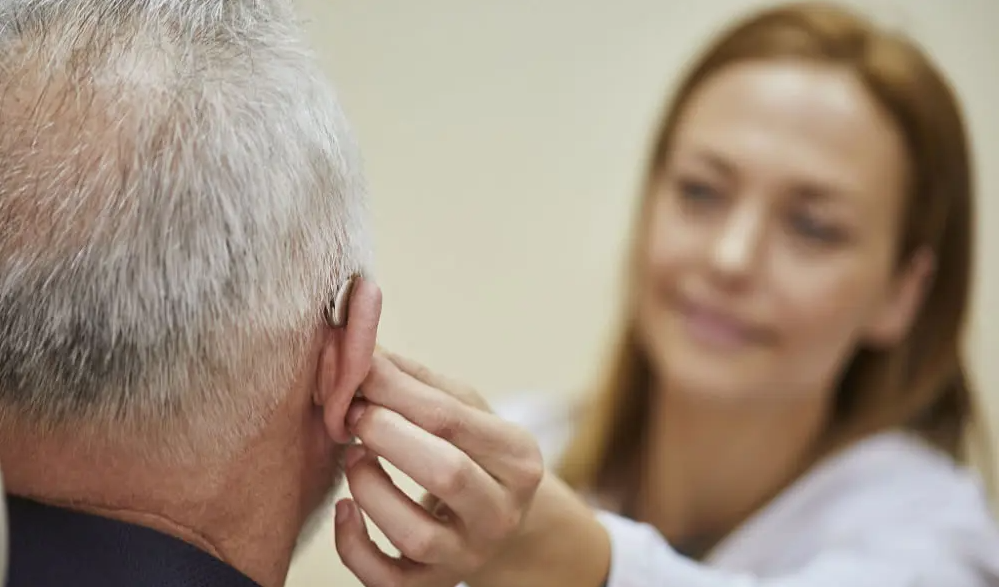As a hearing aids wearer one of the comment questions that you might have is, “what should I expect during my hearing aids fitting appointment?” Let us talk about it today, the hearing aids fitting procedure.
During your hearing aids fitting appointment, your audiologist should:
Connect the hearing aids to the computer
Connect your hearing aids by wires or wirelessly via Bluetooth to the computer and program your hearing aids. Hearing aids programming is based on both objective and subjective factors. Objective factors such as your most recent hearing test results and the prescript formula that’s embedded in the hearing aid manufacturer’s software.
On the other hand, subjective factors would be what you, the patient, reported to your audiologist during the appointment. Typically speaking, at the beginning of your fitting appointment, the audiologist would set the hearing aids at a level that the programming software suggested first. And then they would ask you, the patient, what you think in terms of volume and sound quality / clarity of the hearing aids.
If you reported that the hearing aids are too loud or not loud enough, the audiologist can override the system, and adjust the hearing aids coordinately based on what you are reporting.
Hearing aids nowadays are functioning like minicomputers, a lot of times the software settings based on your hearing test results are right on targets, or where you are supposed to be; however, we all know that hearing is a very subjective experience, therefore subjective factors and patient values also play an irreplaceable role in this process.
The common questions during fitting process
Some of the common questions that your audiologist would ask you during the fitting process, such as:
- Are the hearing aids loud? Is it loud enough? Is it too loud?
- How is the sound quality of the hearing aids? Is it clear enough, or is it too sharp or tinny?
- Do you (the patient) hear my (audiologist) voice evenly or equally loud in both ears?
If you are accompanied by a family member or a friend during the appointment, your audiologist might ask your family or friend to speak to you at a normal conversation level while you are wearing the hearing aids. This is because they are the voices that you would hear more often than the audiologist’s voice.
Button functions of hearing aids
Within the software, your audiologist can also sign various functions to the buttons that are located at the back of your hearing aids. Such as volume and program controls. Your audiologist will also counsel you on the feature, and how to use those buttons, the corresponding system sounds that you would hear whenever you push on the buttons. Sometimes, the audiologist might not give you any controls over the hearing aids to keep things simple for you; however, they can always reactivate the button functions if you need them.
Wear the hearing aids
After the hearing aids finished programming, your audiologist will show you how to put the hearing aids in and out of the ears. A mirror might be utilized during this part of the appointment.
Your audiologist will also show you how to clean and check the hearing aids and go over any dos and don’ts regarding the hearing aids.
Adapt to new hearing aids
Last but not the least, towards the end of the appointment, your audiologist will remind you of any trial period and/or warranty period that you potentially have for your hearing aids.
Additionally, a two weeks follow-up appointment is typically scheduled after the hearing aids fitting appointment. This is to ensure that the patient is satisfied with the hearing aids and to answer questions that the patient potentially has after they have tried the hearing aids for two weeks.
Follow up with the audiologist
If the patient is satisfied with the hearing aids after the initial two weeks, follow-up with the audiologist every six months for a standard hearing aid check appointment is strongly recommended, or sooner whenever the patient has any issues with the hearing aids.

